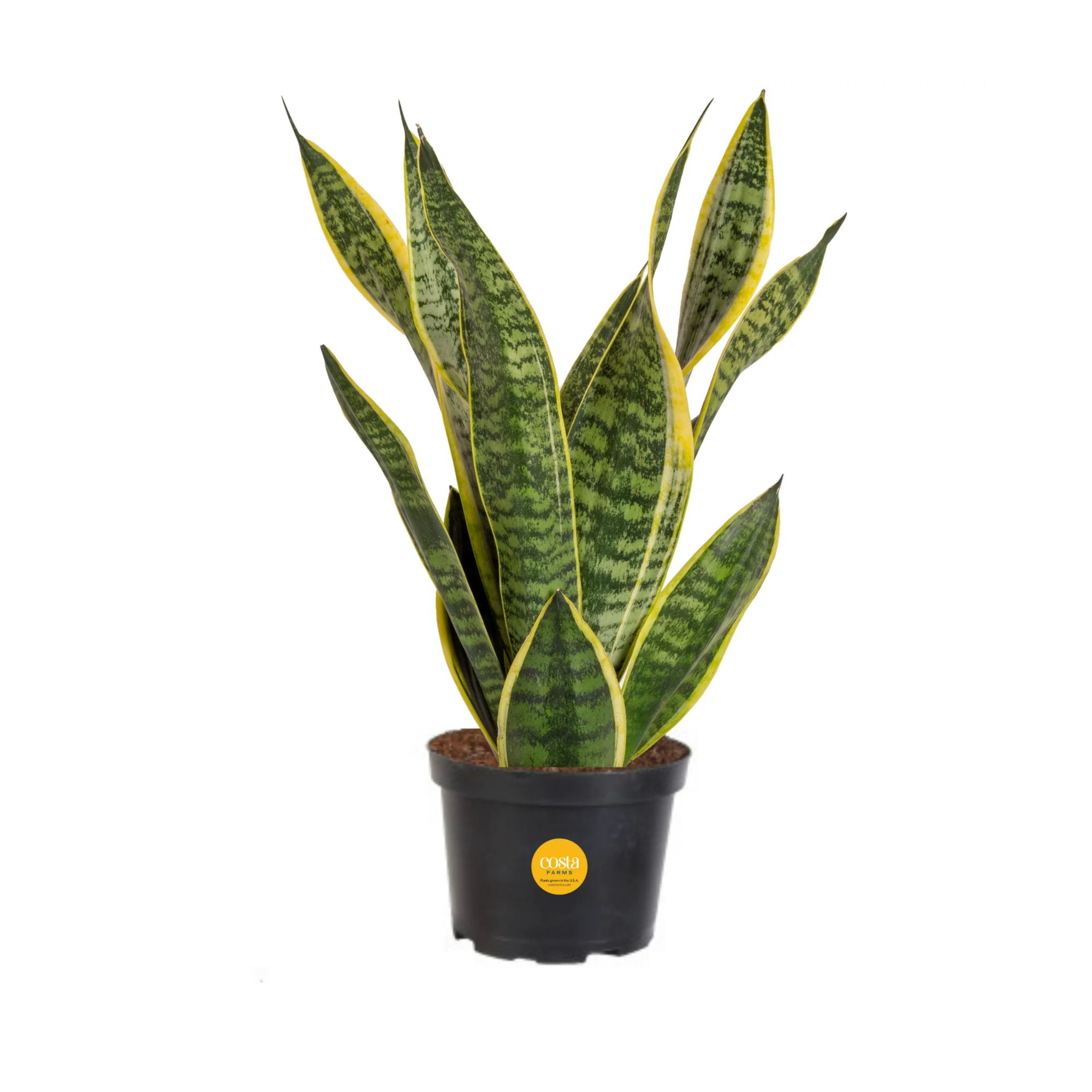5 Houseplants for North-Facing Rooms That Tolerate Low Light Levels and Offer Vibrant Greenery
If your home has lots of north-facing spaces, these expert-approved houseplants are the perfect choice
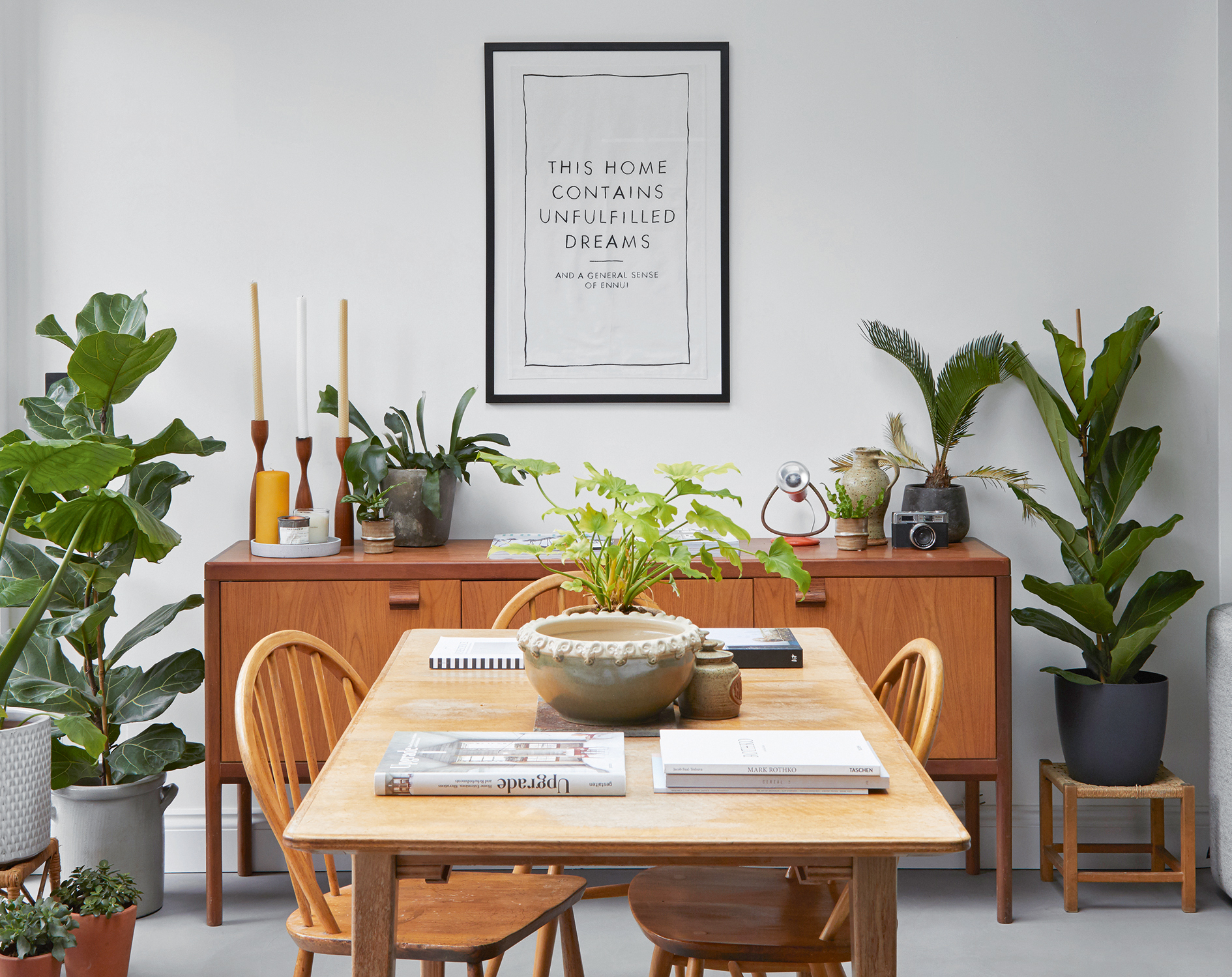

We all know that the vast majority of houseplants need plenty of sunlight to thrive. Fail to meet these conditions and you're left with limp leaves, leggy stems, or - in the worst-case scenario - a dead plant. Unfortunately though, not all of us are blessed with south-facing windows flooded with sunlight throughout the day. If, like me, most of your windows face north, you'll want to choose plants that are tolerant of lower light levels.
Decorating with plants isn't quite as simple as placing your potted houseplant on any old windowsill and hoping for the best. Every houseplant has individual needs, and their preference for lighting is a key factor to consider - some plants prefer hours of direct sunlight while others prefer indirect sunlight or bloom best in shadier spots. If you have lots of north-facing rooms, or you live in a home that's shaded by nearby trees or surrounding buildings, the latter of these should be a priority when picking the perfect houseplant for your space.
'Without understanding the natural lighting in your home you may choose a plant that isn’t suited for your space and it’ll inevitably not thrive,' explains Paris Lalicata, plant expert at The Sill. 'To best understand natural lighting, find out what exposure your window is (N, S, E, or W) and be observant of any obstructions present that will block your plants' view of the sky.' To get you started, here are five houseplants that are suitable for north-facing spaces and promise to brighten up even the darkest of rooms.
1. Snake plant
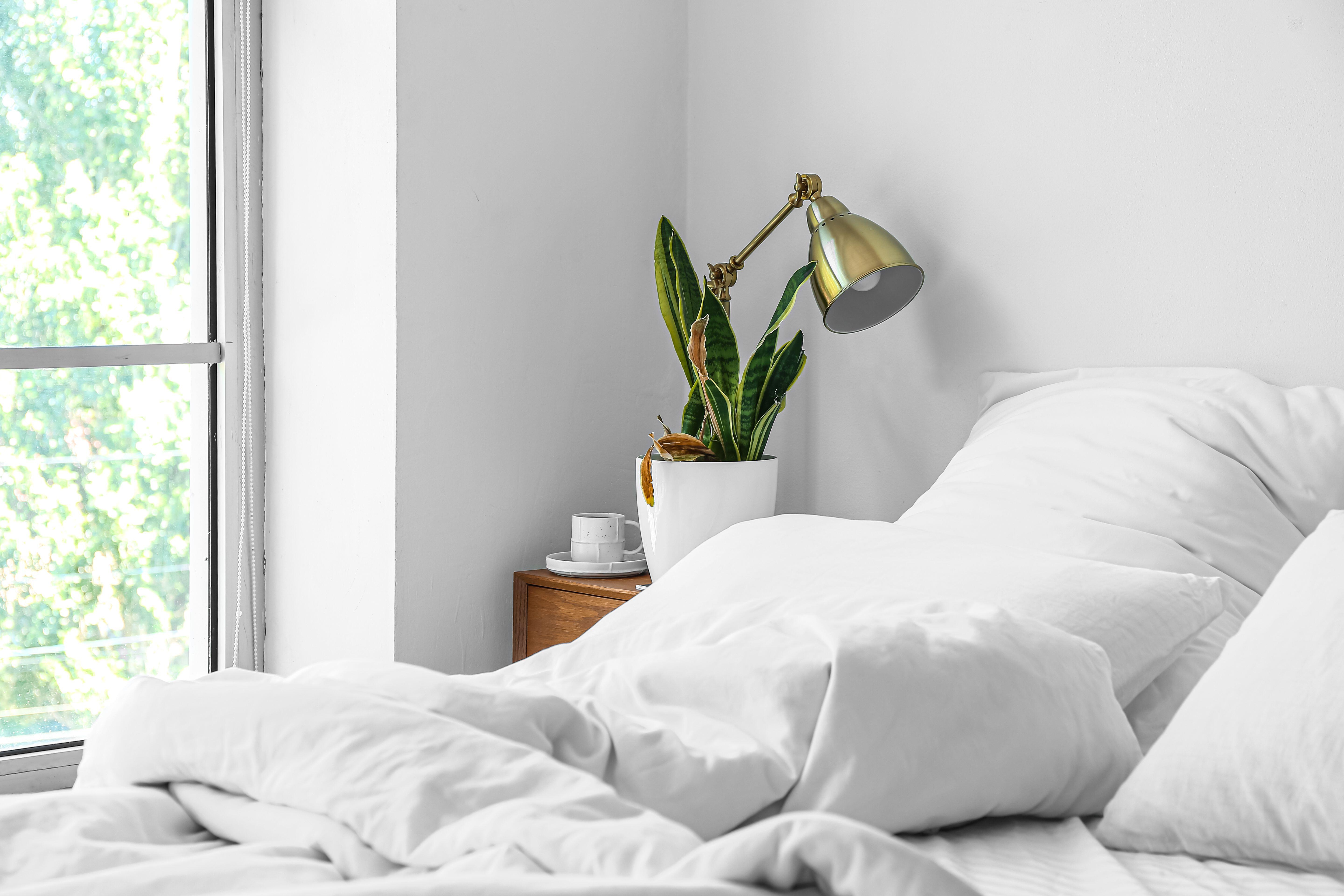
A brilliant houseplant for north-facing spaces is the snake plant. With spikey leaves and a striking silhouette, this is a popular plant in many homes, plus it's tolerant of low light levels, too.
'This vertical growing plant option is low light tolerant but can thrive better in brighter light,' says Paris Lalicata of The Sill. When it comes to how to care for a snake plant, you'll be pleased to hear they're super easy to look after. 'This plant is drought tolerant and can go up to two to three weeks without water, especially in low light conditions, but consider watering more frequently in brighter light,' notes Paris. Just make sure you allow the soil to dry out between waterings.
2. ZZ plant
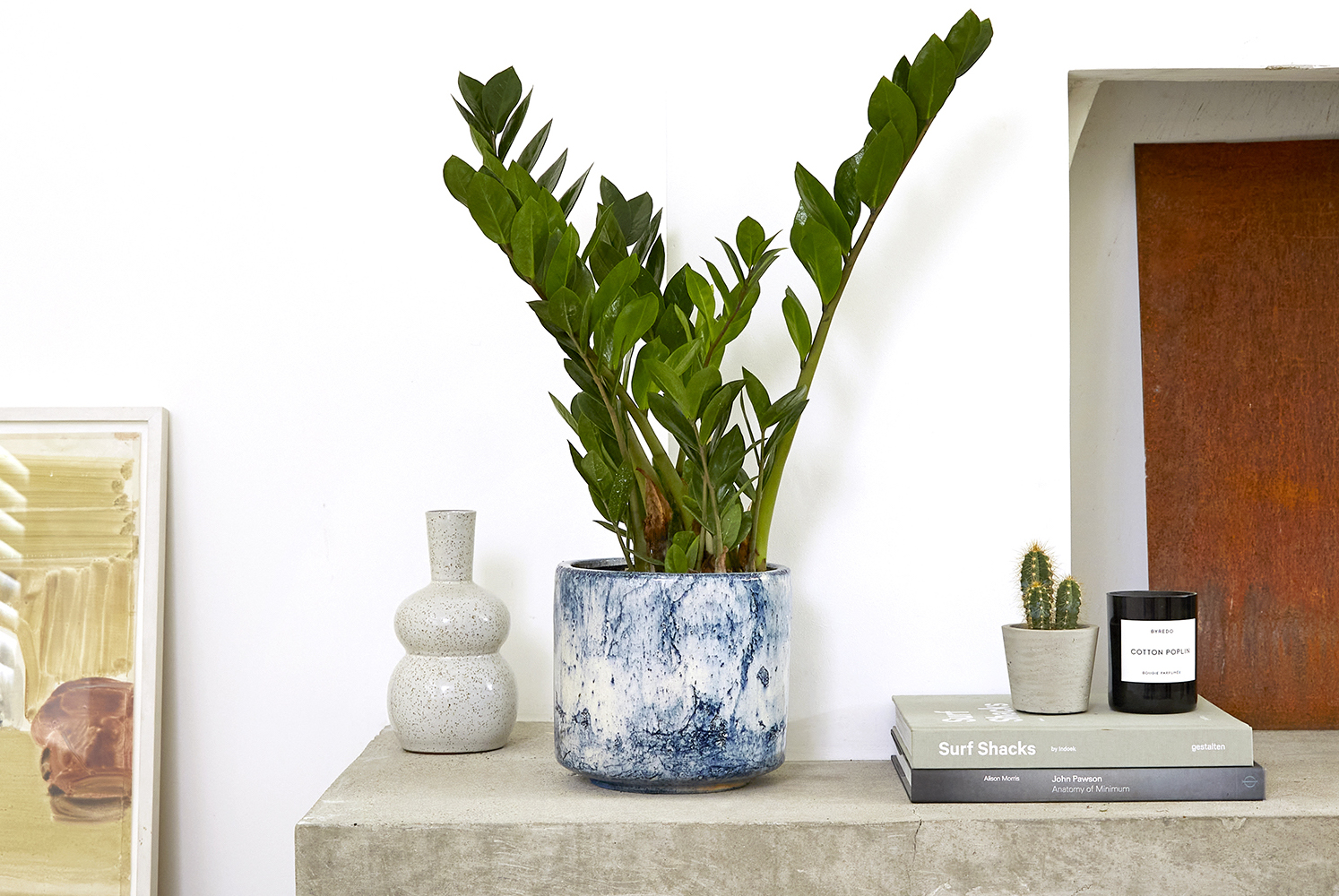
Paris also recommends the iconic Zamioculcas zamiifolia plant, commonly called ZZ plant or aroid palm, for north-facing rooms. This stemless plant has compound waxy leaves that look really distinctive, and while they tend to grow more slowly with less light, they'll still survive just fine.
Plant expert Ryan Farley also recommends the ZZ plant as one of the best houseplants for low light. 'If you have a single small northward window you'll want a plant that doesn't need much light,' he says. 'I tend to recommend snake plants ZZ plants as a good option that doesn't need much light at all to thrive.'
3. Heartleaf Philodendron
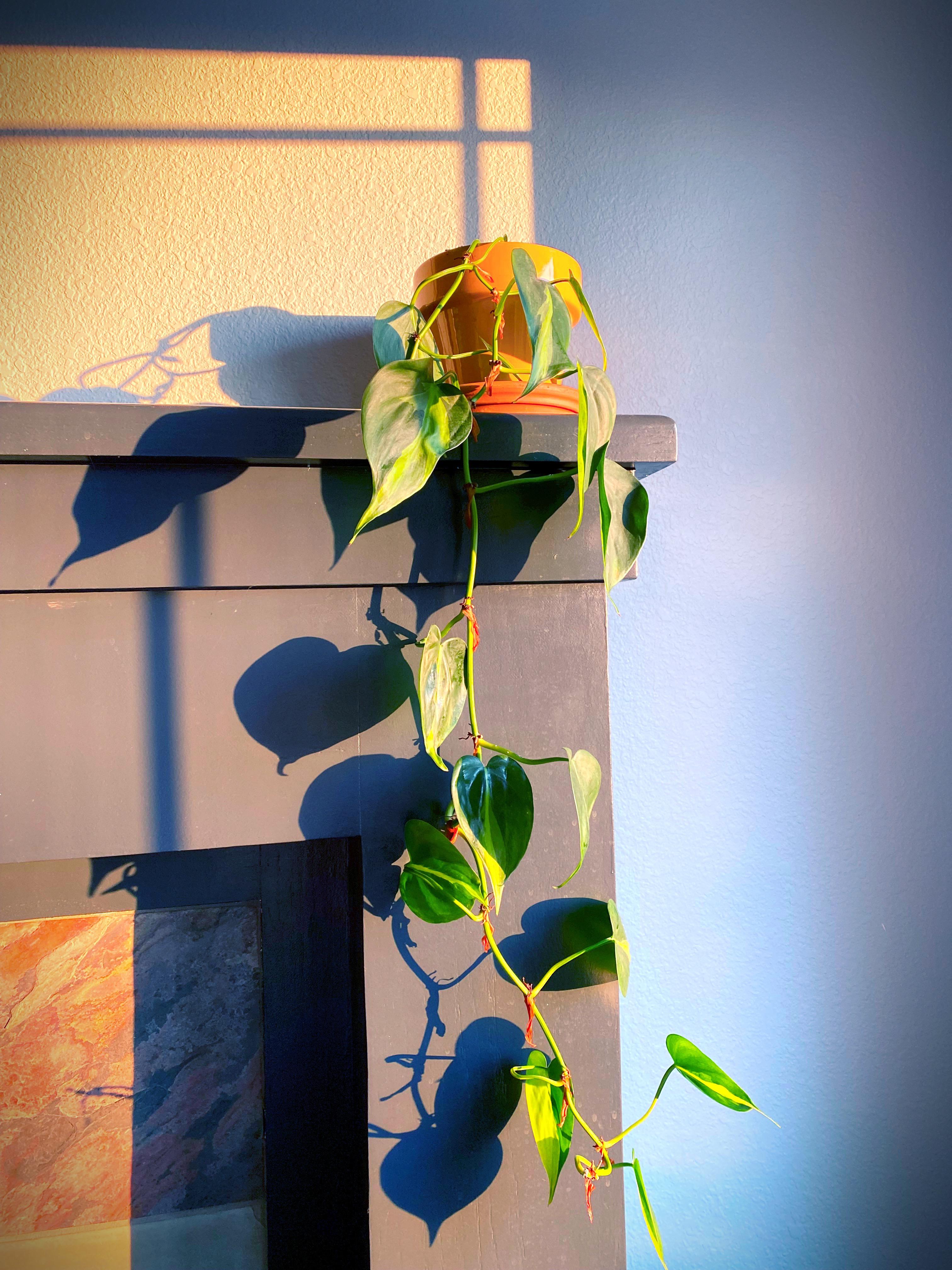
If you're looking for a trailing houseplant that will happily survive in your north-facing room, try the heart leaf philodendron. This popular plant has long vines with - you guessed it - heart-shaped leaves that can be manipulated to grow along windows, railings, or shelves.
'This trailing plant option grows pretty well in low light conditions like a North window but will grow faster in brighter light conditions,' says Paris. 'Allow the soil to dry out between waterings, watering possibly every seven to ten days depending on conditions.'
4. Golden pothos
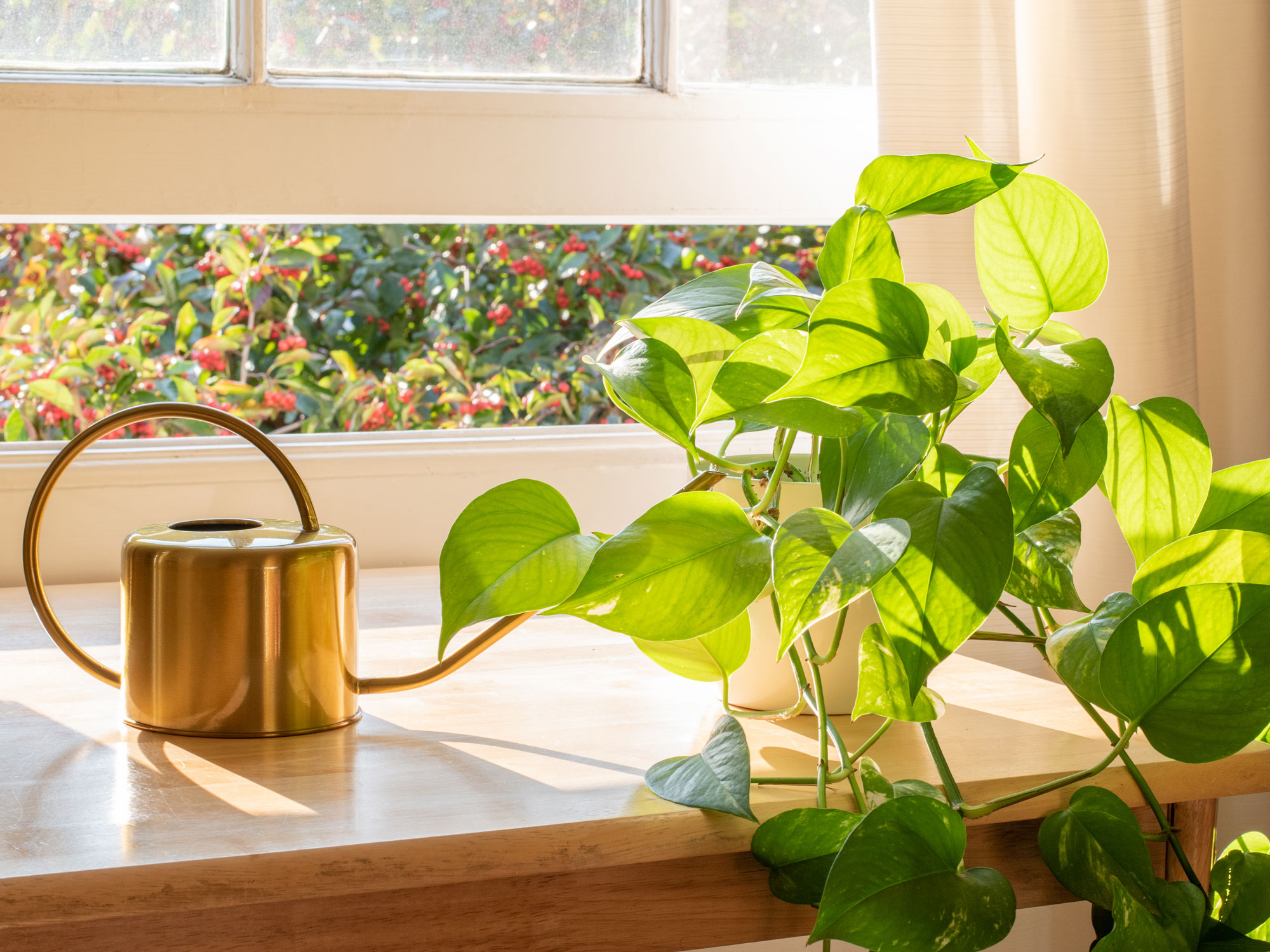
The pothos is one of the best houseplants for beginners thanks to its super low-maintenance needs. 'The Golden Pothos is another plant that does well in low-light conditions and it doesn't need to be watered as regularly as others,' notes experienced plant expert, Dan Bailey.
That said, Ryan is quick to note that the more sunlight a pothos gets, the bushier your plant will look. 'In my experience, you'll need to place it right by the window so it gets as much light as possible to avoid leggy growth,' he says.
5. Dracaena marginata

Dracaena plants are top of the list of houseplant trends lately, and for good reason. These striking, retro plants are perfect for brightening up lackluster corners and adding some textural interest, plus they're relatively easy to care for, too.
'This tree-like plant option seems to tolerate lower light conditions well, but it will grow faster in brighter light conditions,' Paris explains. 'Allow the soil to dry out between waterings, watering every seven to ten days depending on conditions.' I just love how this spikey-fronded houseplant can transform a dull space with its bushy, exotic foliage.
There you have it - your north-facing rooms will be dull and dreary no more. Adding some greenery could make all the difference, and these options are the best pick of the bunch!
Be The First To Know
The Livingetc newsletters are your inside source for what’s shaping interiors now - and what’s next. Discover trend forecasts, smart style ideas, and curated shopping inspiration that brings design to life. Subscribe today and stay ahead of the curve.

Lilith Hudson is a freelance writer and regular contributor to Livingetc. She holds an MA in Magazine Journalism from City, University of London, and has written for various titles including Homes & Gardens, House Beautiful, Advnture, the Saturday Times Magazine, Evening Standard, DJ Mag, Metro, and The Simple Things Magazine.
Prior to going freelance, Lilith was the News and Trends Editor at Livingetc. It was a role that helped her develop a keen eye for spotting all the latest micro-trends, interior hacks, and viral decor must-haves you need in your home. With a constant ear to the ground on the design scene, she's ahead of the curve when it comes to the latest color that's sweeping interiors or the hot new style to decorate our homes.
-
 Turns Out the Coolest New Café is Actually In Your Kitchen — Here's How to Steal the Style of TikTok's Latest Trend
Turns Out the Coolest New Café is Actually In Your Kitchen — Here's How to Steal the Style of TikTok's Latest TrendGoodbye, over-priced lattes. Hello, home-brewed coffee with friends. TikTok's 'Home Cafe' trend brings stylish cafe culture into the comfort of your own home
By Devin Toolen Published
-
 5 Bathroom Layouts That Look Dated in 2025 — Plus the Alternatives Designers Use Instead for a More Contemporary Space
5 Bathroom Layouts That Look Dated in 2025 — Plus the Alternatives Designers Use Instead for a More Contemporary SpaceFor a bathroom that feels in line with the times, avoid these layouts and be more intentional with the placement and positioning of your features and fixtures
By Lilith Hudson Published
